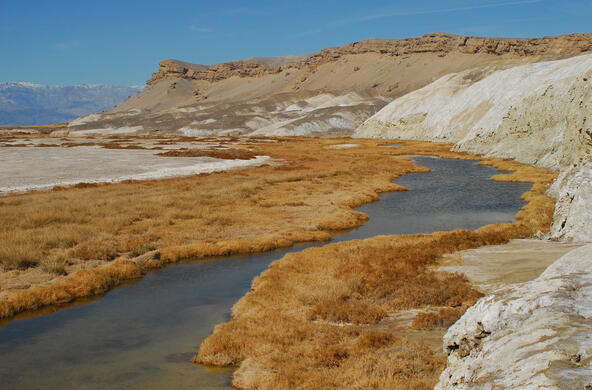Agriculture accounts for about 8% of our nation’s greenhouse gas emissions, so it is with some enthusiasm that I would embrace efforts by agronomists to reduce these forms of pollution.
One of the largest sources of carbon dioxide comes from losses of organic matter as a result of enhanced decomposition in cultivated soils. As much as 116 billion tons of carbon has been released to the atmosphere from soils since the dawn of cultivation—about 10 times our current annual emissions to the atmosphere. If we could restore some of that carbon in soils, we could potentially mitigate some of the emissions of carbon dioxide from fossil fuel combustion.
Some caution is needed here. Many of the best ways to build soil organic matter are associated with emissions produced “off-site” and ancillary emissions of carbon dioxide that reduce the desired net benefits. Fertilizer and irrigation helps the growth of crop plants and the delivery of plant residues to the soil, but the manufacture of nitrogen fertilizer emits 2 to 3% of all the carbon dioxide emissions globally. Pumping irrigation water, usually with diesel engines, is also a source of CO2 emissions. Applications of manure, which often restore soil carbon, are derived as a result of depriving other areas of the plant inputs that are used for cattle feed. Applications of biochar and ground silicate rock to soils can increase their carbon uptake, but the rates are small and the effort is expensive.
One group of agronomists has promoted the 4‰ initiative, suggesting that if we could increment soil organic matter in soils by 0.4% per year, we could balance all of the CO2 emissions from fossil fuels. At face value, the statement is true, but in reality impossible to achieve. First, only about half of the soils of the world are under active management. An increment of 0.4% per year in agricultural soils that typically have about 4% total organic carbon, means doubling the content of soil carbon in 10 years. Few field experiments have ever reported such a rate of carbon sequestration.
Our elected officials seem reluctant to accept the science of climate change and the looming impacts that it will have on all society. Recent press coverage of soil carbon sequestration on farms creates the dangerous impression that we can easily store a significant fraction of CO2 from fossil fuel emissions through better soil management. This illusion contributes to political inertia to deal with the totality of carbon dioxide emissions. It is unclear what economic incentives might cause farmers to shift their proven productive practices to increase soil organic carbon over long periods, and if we have the will to apply them.
There are no real enemies of more organic matter in soils, but let’s be realistic about what is really net carbon sequestration and what is hand-waving.
References
Amundson, R. and L. Biardeau. 2018. Soil carbon sequestration is an elusive climate mitigation tool . Proceedings of the National Academy of Sciences 115: 11652-11656.
Sanderman, J., et al. 2017. Soil carbon debt of 12,000 years of human land use. Proceedings National Academy Sciences 114: 9575-9580.
Schlesinger, W.H. and Ron Amundson. 2018. Managing for Soil Carbon Sequestration: Let’s get realistic. Global Change Biology 25: 386-389. https://doi.org/10.1111/gcb.14478








